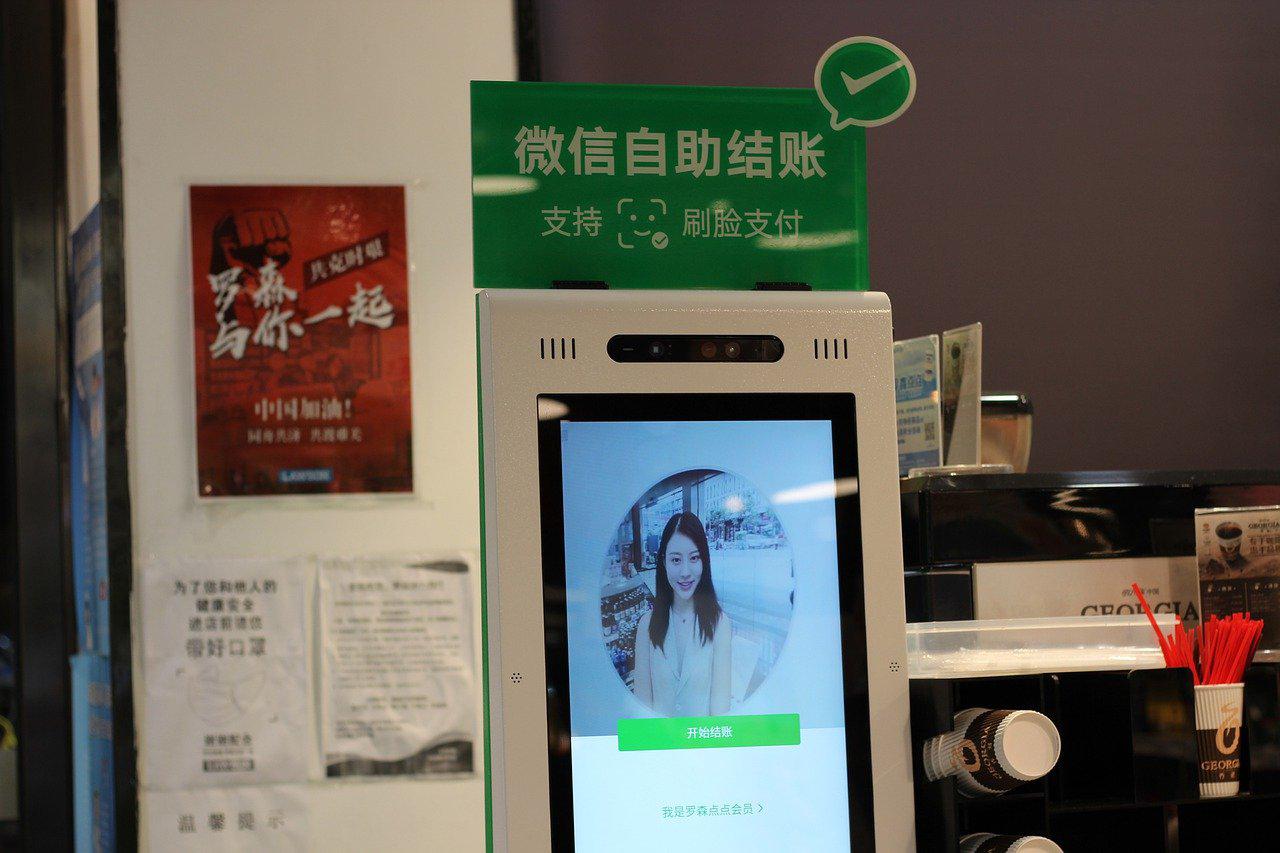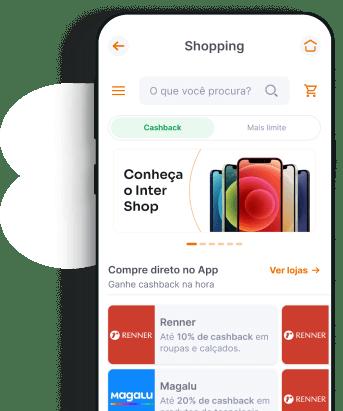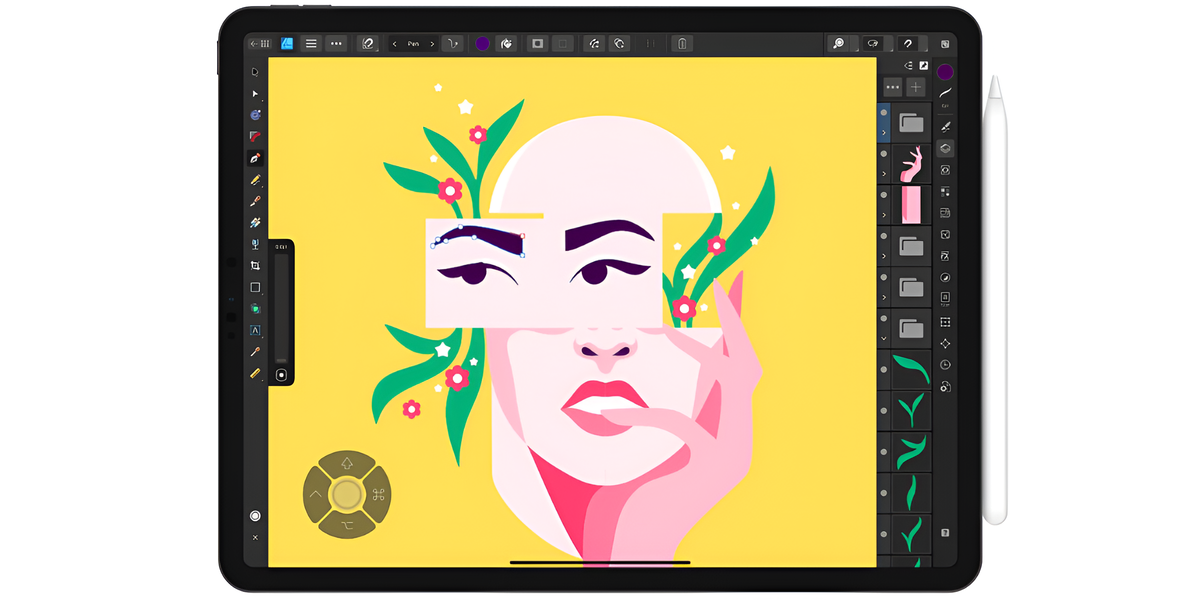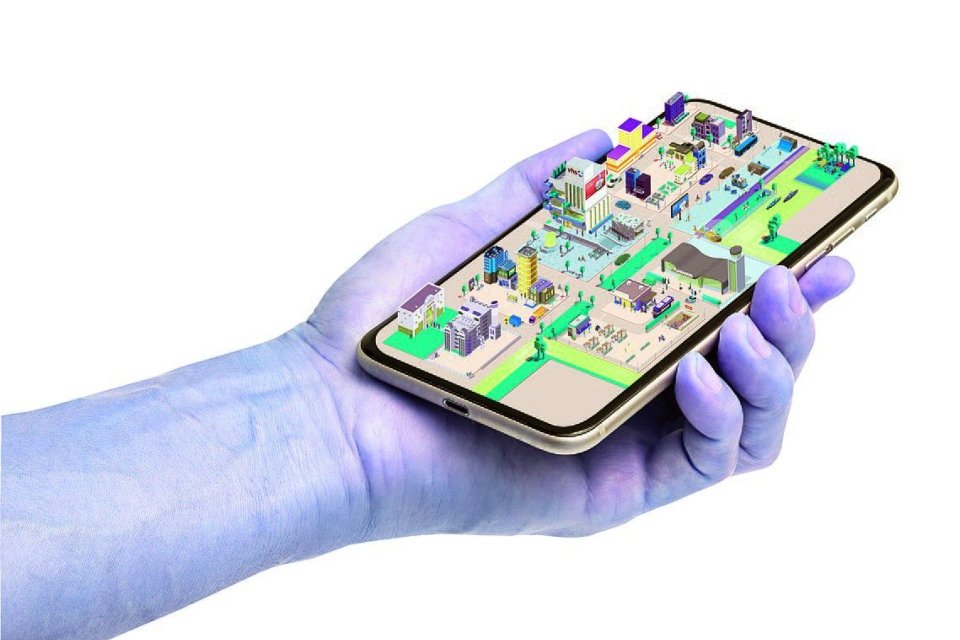Smartphones represent an important part of modern life and a large part of the population has a device in their pocket. According to a study by the Getulio Vargas Foundation (FGV), there are more than 240 million devices in Brazil, with more than one smartphone per capita.
One of the factors that makes these devices so vital to everyday life is their efficiency. The speed and convenience of performing tasks on a smartphone is almost unmatched, as it allows you to work and communicate even on the go.
Devices have apps for (almost) everything. The list is long and includes pretty much everything useful or useless, from weather forecasting to banking, traffic tracking, gaming, news agencies, social media, and television streaming.
Still, many users do not open these applications more than once or twice, choosing a few that are used regularly, so the rest only serve to occupy the memory of the smartphone. Even if the devices offer more space, the device is quickly occupied by more applications.
“Application fatigue is definitely a problem,” says Angela Mattia, Associate Professor of Information Management at the University of Jacksonville (USA). “Times change again because so much [apps] there and people are so overwhelmed by them.
So wouldn’t it be more practical to have a single app that solves all the user’s problems without having to download several? Big companies have already thought about this, and many offer all-in-one solutions: the super app. In fact, this seems to be the strongest trend in the mobile app market.
What is super app?
A super app is an app that offers a variety of seemingly unrelated services through a single mobile interface. Super application aims to provide access to multiple services in a single program, rather than having multiple applications for different services.
In traditional apps, users can chat, buy, plan trips, and bank transactions comparable to a store with single segment services. Super apps, on the other hand, are comparable to an entire mall and offer the convenience of all services as well as resource savings compared to individual apps.
The term “super app” was coined thanks to Mike Lazaridis, founder of Research in Motion (RIM), which develops and manufactures BlackBerry devices. In 2010, he described them as “a closed ecosystem that people will use every day because they provide a seamless, integrated, contextual and efficient experience.”
Apps like this are often created by companies that offer multiple products or services, and often start with a single core functionality, then gradually add contiguous solutions and services from the app community.
A super app is basically a complete solution for mobile app design as it manages all the needs a user might have in one place. This reduces the need to download multiple apps and have multiple logins and passwords to perform different functions.
WeChat, the world’s largest super app

One of the biggest examples of the solution is the WeChat of China’s giant technology company Tencent. The app started offering messaging and has grown into an ecosystem of services that includes taxi rides, virtual wallets, hotel reservations, doctor’s appointments and much more.
The solution has 1.2 billion users and more than 3 million mini-apps. WeChat has become the fourth most used application in the world after WhatsApp, Facebook and Facebook Messenger. The super app is so large that it has caught the attention of the Chinese government and allows digital identity documents to be stored on its interface.
Trade through apps that WeChat allows other developers to develop on their platform reached a staggering $240 billion (over R$1.1 trillion!) in 2020 alone, more than double the previous year. The revenue from the Chinese super app is the equivalent of almost three times Petrobras’ revenue.
The key to WeChat’s success is its QR code scanner, which has allowed it to become the dominant payment app in the Chinese market. The super app is transforming China into a cashless society – street vendors even use WeChat Pay to sell vegetables.
Brazil’s super apps

Super apps are not only available in China, as the solution has already become quite popular in India and other Asian countries. It has also reached the United States, Europe and Africa, and Latin America is not far behind.
Brazil is one of the main markets for these “superpowers” applications due to the possibility of offering micropayments to the unbanked population. The pandemic has energized this market and many companies are developing solutions in this regard.
Rappi has proven itself in the delivery market for restaurants, pharmacies and grocery stores. Later, it expanded its services to offer manicures, in-home activities, massages, excursions and entertainment. The platform has launched a digital bank with a line of credit for partner companies, a card for individuals, and cashback.
The Magazine Luiza app started as an online shopping platform and gradually began offering a mix of food, fashion, hygiene and products. Last year, Magalu created its own payment method that lets you not only make purchases through the app, but also make financial transactions.
Inter did just the opposite. The company, which started as a bank, has expanded its business model to become “a platform that makes people’s lives easier”, although its main field of activity is financial services. In Inter’s super app, users can purchase products, book hotel and flight tickets, and even order food.
Why are super apps attractive to companies?

Super Apps is a complete solution for companies to grow, grow and achieve their scalability goals. There is tremendous growth potential with super apps as there are always more services and features that can be added. “Once you’ve dealt with money for a user, you can build a service fortress,” explains Sidu Ponnappa, vice president of Gojek, an Indonesia-based superapp with over $800 million in annual revenue.
Customer data is the primary source of technology. As with social media, the more time people spend on the app, the better for businesses. With multiple services in a single super application, information can be used seamlessly through the different services offered.
“Because there are many experiences where personalized one-on-one interactions make sense, keep customers happy, and increase return on investment (ROI) for companies, companies can reduce their marketing spend,” said Stefanos Loukakos, Connectly co-founder and CEO.
Finally, superapps are a natural evolution from the merging of different digital media. “Consumers demand a more personalized and highly convenient experience where a single platform meets all their needs,” says Robert Clarkson, Chief Revenue Officer (CRO) at Payoneer, a global payments platform.
Source: Tec Mundo
I am a passionate and hardworking journalist with an eye for detail. I specialize in the field of news reporting, and have been writing for Gadget Onus, a renowned online news site, since 2019. As the author of their Hot News section, I’m proud to be at the forefront of today’s headlines and current affairs.










